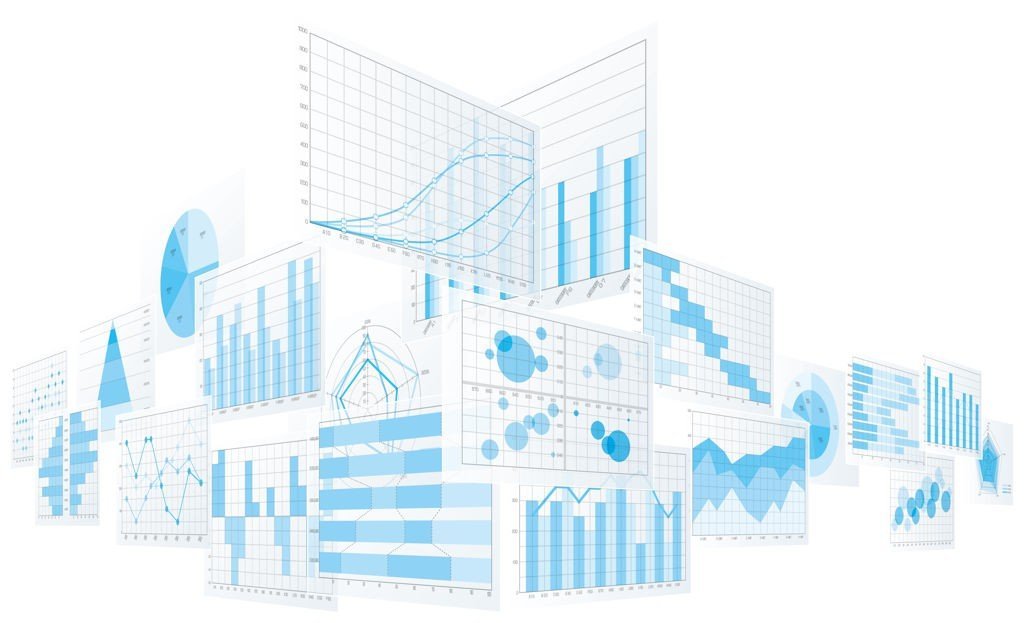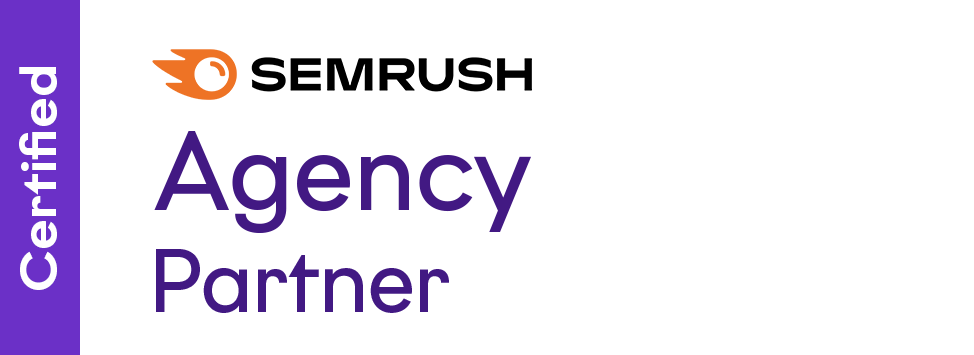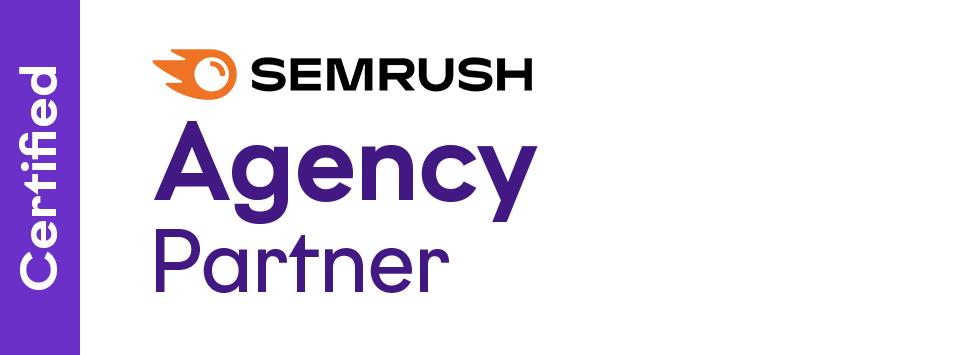We are always looking for new ways to get people to our websites. Keyword research, link building and social media marketing are examples of where we place the majority of our efforts and to great effect. The importance of each is obvious and most tools out there are aimed at providing simpler – or even automated – ways to do so.
One area where we might skimp out is internal linking, which can be just as beneficial as the other SEO strategies we are so obsessed with perfecting. It raises a fundamental question that shouldn’t be ignored: what do we do with our audience once they are on our website?
What Is Internal Linking?
Internal linking is a strategic approach within your website where pages are interconnected by links. This process involves thoughtfully placing links from one page of your site to another in contexts that are relevant and useful for the user. It’s not just about linking for the sake of it, but about guiding users to related content that enhances their understanding or assists with their needs, thereby enriching their experience and supporting your site’s SEO structure.
How can internal links help SEO?
Internal linking is a vital aspect of SEO for several reasons:
It Enhances Website Navigation
Internal linking creates a network within your website, allowing both users and search engines to navigate easily between different pages. This enhanced navigation can lead to a better user experience, which is a key factor in Google’s ranking algorithms.
Internal Links Help Distribute Page Authority and Ranking Power
When one page links to another within the same website, it can transfer some of its authority (often referred to as ‘link juice’) to that page. This can help boost the ranking power of the linked pages, making them more likely to rank higher in search engine results.
Improve Indexing and Discoverability With Internal Linking
Internal links assist search engines in discovering new pages on your site. When a search engine crawls a page and finds internal links, it follows them to index the connected pages, helping these pages to be found and ranked.
Improves Your Website’s Relevance
By linking related content within your site, you provide additional context to search engines. This helps them better understand the content and theme of your pages, which can contribute to more accurate and relevant search rankings.
Decrease Bounce Rate and Increases Time on Site
Well-placed internal links encourage users to explore more of your site, reducing the bounce rate (when visitors leave after viewing only one page) and increasing the average time they spend on your site. Search engines use these metrics as indicators of a site’s quality and relevance.
Internal links Strengthen Site Structure
A robust internal linking structure can establish a hierarchy on your site, letting search engines know which pages are the most important. This can be particularly beneficial for large websites with a vast amount of content, helping search engines prioritize the pages that should be ranked higher.
Facilitates Content Clusters
By creating clusters of related content through internal linking, you can establish your website as an authority on particular topics. This approach, often referred to as ‘topic clusters’, helps in enhancing the thematic strength of your website in the eyes of search engines.
Structuring Your Site For Internal Linking
It is important going forward that your site is optimized for internal linking. While you can post a relevant link anywhere that it fits, a logical structure gives visitors an even more user-friendly experience and provides them with the blueprint they need to follow from one part of the site to another… then another… then another.

Source: Yoast
You also want Google to be able to search down the line and understand what your site is about. Let’s say you write a blog about Equestria and horse care. You could have main categories for all the relevant topics (Competitive Riding, Horse Health, Lifestyle, Product Reviews, ect). Then within those you could have subcategories that allow you to tag posts within that structure.
This makes all internal linking neater and more logical.
Keyword Research and Building On Old Links
One great way to go about internal linking is going backward from successful content posted in the past. Those who have content-heavy websites will already be familiar with this concept.
Seeing what keywords have brought in organic traffic previously gives you an idea of what your audience wants to learn about. That demographic info is critical and will allow you to expand to new content that matches it. From there, you can link back to the old content that matched that keyword research and introduces new traffic to old goodies, refreshing what might have become stale and less relevant in search results.
Useful tools:
- Yoast SEO Internal linking suggestions plugin: Identifies prominent keywords and suggests linking them to old content
- Internal Link Building plugin: Automates linking of any word to URLs you choose

Product or Content Recommendations
I am a big fan of carousels, as are all big sites from news giants to big brands. They are links on the bottom of a page with other items or articles that might be enjoyed, based on the current page being looked at.
An example would be Amazon with their “Customers who viewed this item also viewed” feature. Another is the New York Times “Related Coverage” strip at the bottom of each article.
You are gently urging visitors towards links without having to anchor it into text. All without being pushy, as they are choosing to follow those links. This is the best of basic SEO! This is especially helpful for ecommerce websites and can lead to greater sales.
Featured tools:
- Related articles plugin for WordPress
- Related products plugin for WooCommerce
- Related products plugin for Shopify
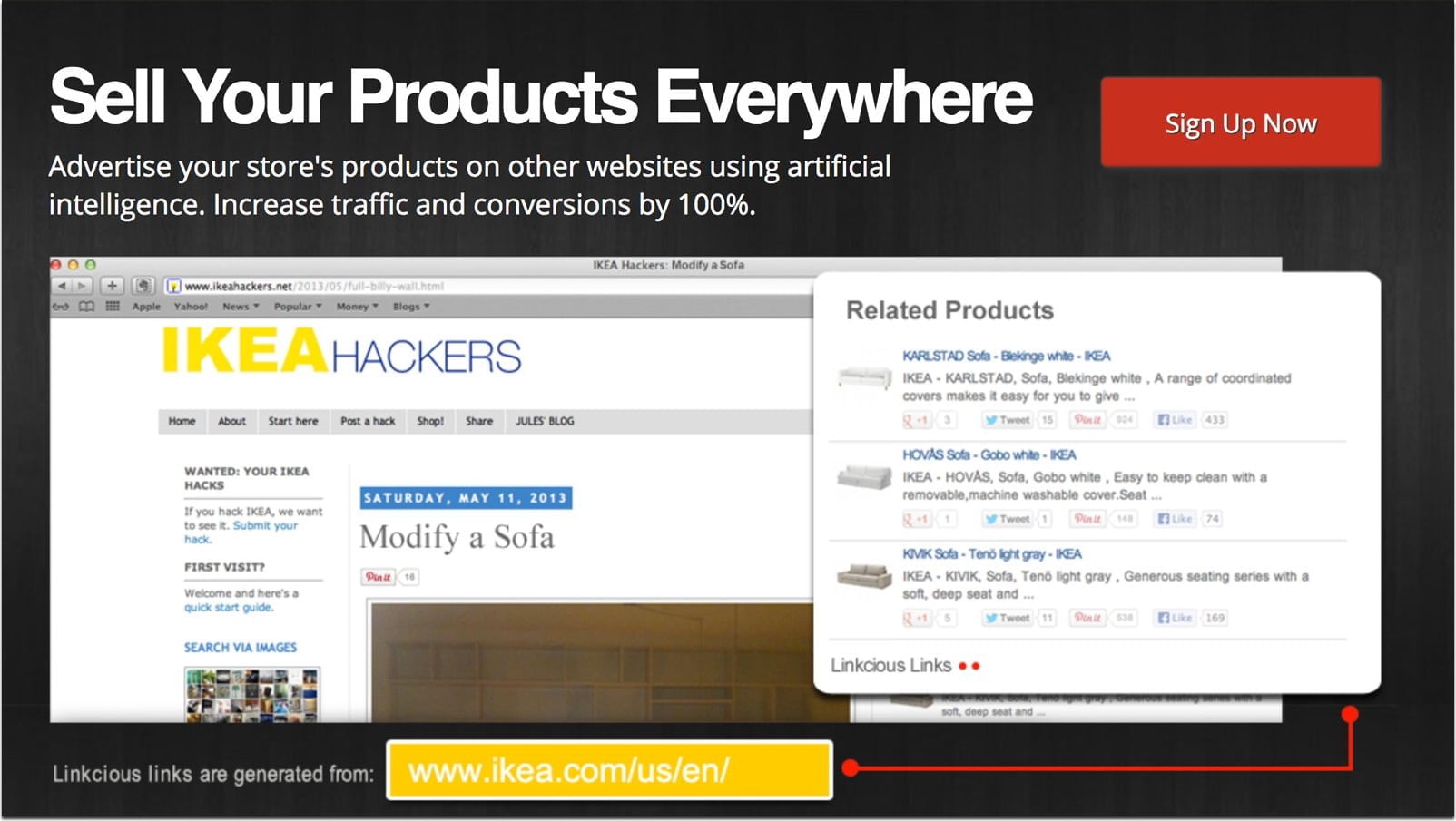
Analyzing Internal Linking
How do you know that all this work is actually providing you with success when it is such a different metric than most organic traffic indicators? Short of general analytics showing where customers are visiting, there are tools out there that will tell you the strength of your strategy and how it is impacting your overall site traffic.
Give a try SEO Review Tools link analyzer because it is simple and gives you a good overall impression of your efforts.
For a more thorough view you can use Google’s Webmaster Tools, which is of course the go to for most SEO tasks. They have a internal link checker in the Search Traffic area of the menu, which will give you a full rundown of the internal links and how they are faring.
Featured tools: Here are more SEO plugins to try.
Featured Snippets In Internal Linking
Finally, you should be making the most out of the pages where you are internally linking (which should be most of them). That means taking advantage of Google’s latest feature, featured snippets.
Internal linking increases ranking which means it improves your odds to get featured, so keep an eye on those featured snippet opportunities for pages you link to.
You optimize for featured snippets by using concise answers and subheads. You will have seen plenty of these: videos, bullet point lists, endless questions that can be expanded right in the search page, reviews with star ratings, recipes, movie, book and TV ratings, etc.
Featured tool: Ahrefs provide a very easy way to identify queries that trigger featured snippets. Run your keyword or your domain as well as your competitors through the tool, then export and then sort the lists to see those that have featured snippets:
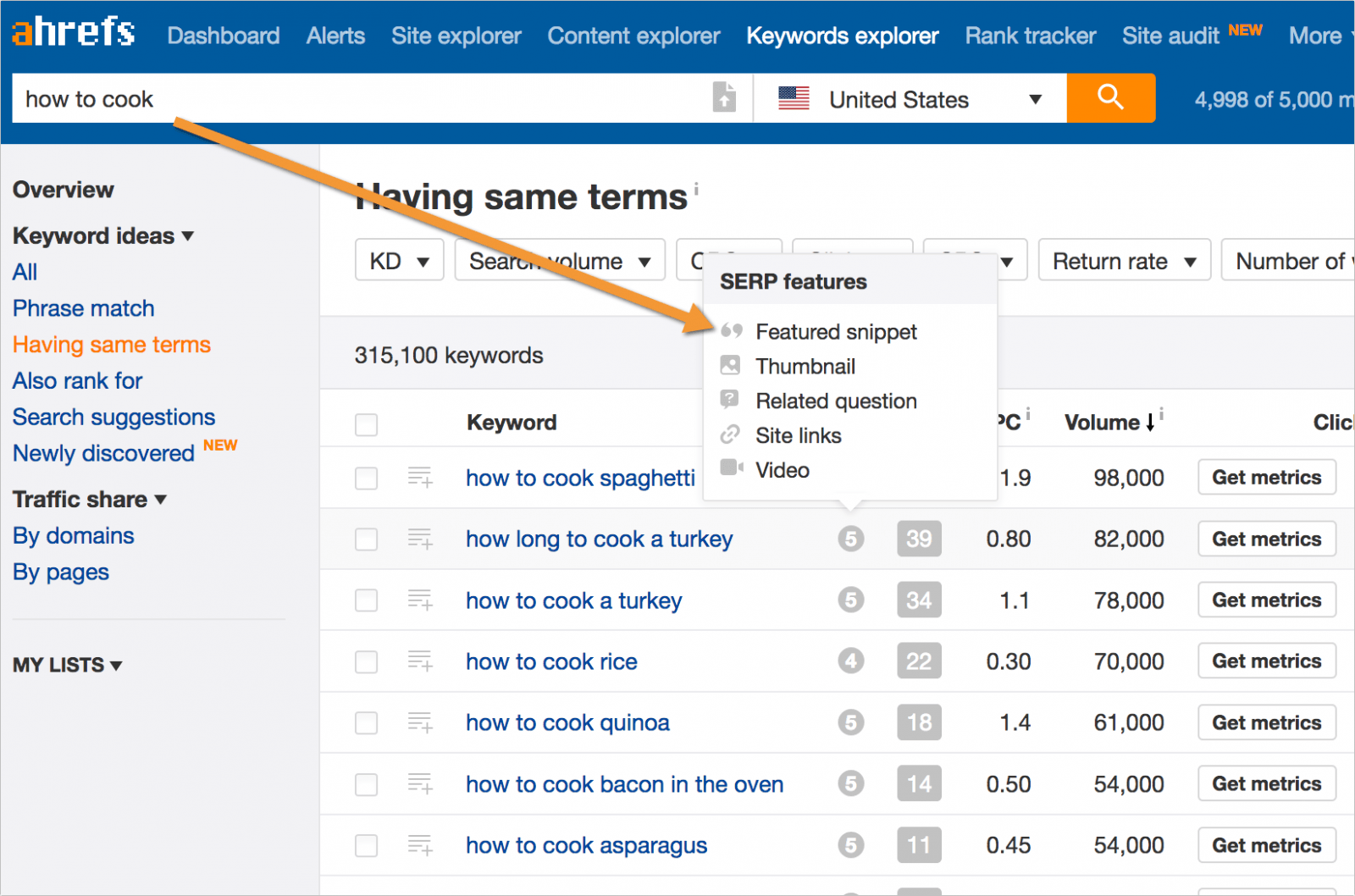
By using featured snippets on the internally linked pages you will be further expanding on the potential of your website within Google.
Final Thoughts
Internal linking stands as a crucial element in SEO, offering numerous benefits from improved navigation and page authority to enhanced user experience and content discoverability. Properly implemented, it can significantly boost your website’s performance in search engine rankings.
However, mastering internal linking involves navigating complex SEO strategies, which can be challenging. This is where our expertise can be invaluable.
Need Help with Your SEO Strategy?
If you’re aiming to optimize your SEO through effective internal linking, our agency is here to assist. Our team specializes in developing customized SEO solutions tailored to your unique business needs. Don’t let the complexities of SEO dampen your website’s potential. Contact us, and let’s elevate your online presence together.








